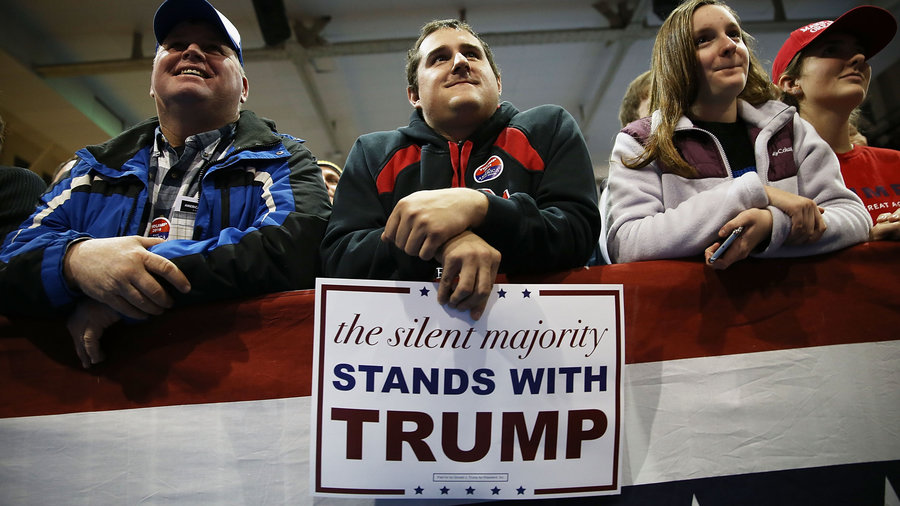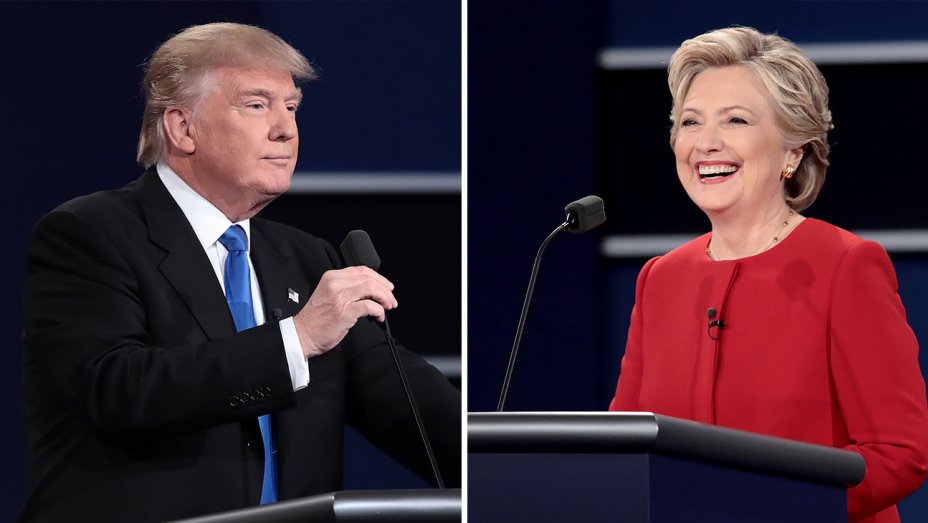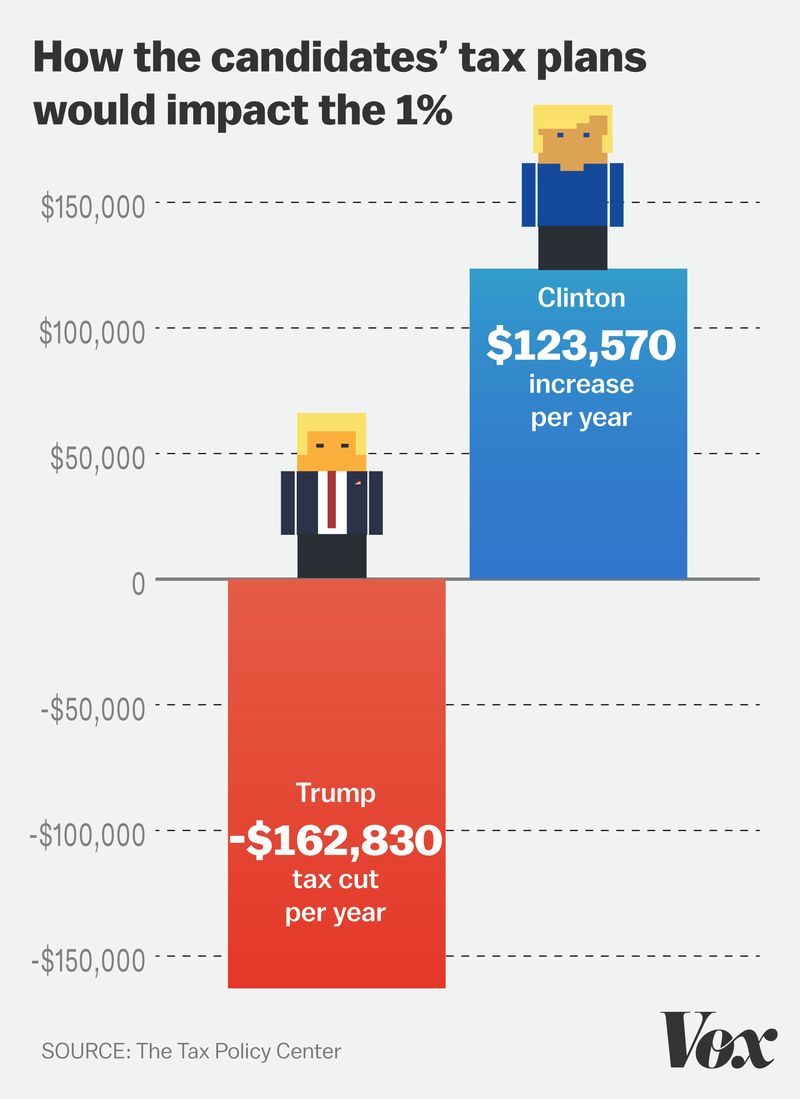The Clinton campaign’ ad strategy is simple: show clips of Donald Trump talking. That’s it and it’s brilliant because Donald Trump has a hard time attacking an ad of himself. The decision has proven to be one of Clinton’s most effective tools. For example, Hillary Clinton continues to attack Donald Trump with the ad “Mirrors.” In the video, young girls look at themselves in mirrors a for his treatment towards women. And why wouldn’t Clinton? Despite her recent FBI email controversy, Trump’s Twitter attacks, fat-shaming, sexual assault and rape accusations tug on voter’s emotions, which is more effective than any email will ever be during an election.
Donald Trump’s behavior has not only cost him a majority of the female vote, but a recent New York Times poll illustrates how his comments have a much bigger impact than originally calculated. Released November 4th, a New York Times poll, showed findings from 332 teenage girls from two high schools, one in a liberal city and the other in a conservative small-town.
Forty-four percent of the girls stated they would vote for Clinton if they were of age, while fifteen percent stated they would vote for Trump. All of the teenage girls had heard Trump’s comments about women and forty-two percent said he had affected the way they thought about their bodies. One girl stated, “That hits me hard when people like Trump say people who are skinnier than I am are too big. It makes me feel extremely insecure about myself.”
While these girls cannot vote this coming Tuesday, their family members can. Mothers may be influenced if they see their teenage daughter questioning her worth or shaming her body. Middle-class, suburban mothers have proven to be key swing voters for decades, but the pressure to secure the middle-class mom vote is even higher.
Wal-Mart Moms
These swing voters are best known by their stereotyped label given in each election cycle by pollsters. For example, they were known as the soccer moms of 1996, and security moms and Nascar dads of 2004. Neil Newhouse, of Public Opinion Strategies, first coined the term for the voting group in 2007 and described the voters as a “mix of ethnicity, white, minority, and they’re living on the edge of the economy. When the economy catches a cold, they catch the flu…They’re trying to make ends meet and figure out if they can pay for piano lessons for the kids or gas for the car.”
As expected Wal-Mart Moms are still the key swing voter group for 2016 and are estimated to take up 14 to 17 percent of the electorate. Wal-Mart Moms helped push Obama to victory in 2008 and 2012 but voted Republican during the midterms. They are the voting group both candidates are fighting for and may decide the outcome of this election. That’s why the responses from the teenage girls in the New York Times poll is so important. Wal-Mart Moms traditionally vote on family issues, and when a teenager shows the possible consequences before the election is even over, that is cause for concern for the Trump campaign.
A Plea for Future Generations
Hillary Clinton has attempted to appeal to the Wal-Mart Moms since the start of the general election with her economic policies, middle-class tax cuts, and debt-free college tuition plans. However, given the unpredictable nature of the 2016 campaign, her ads have created a new dimension, intersecting the values seen in ‘Wal-Mart Moms’ and contrasting them with Donald Trump. Her “Mirrors” ad ends with a black screen displaying a single question: “Is this the president we want for our daughters?”
In an ad of similar style titled “Role Models,” young children are seen watching Trump’s controversial rhetoric and behavior on television. The ad then cuts to Hillary Clinton at a rally delivering these words to the crowd,
“Our children and grandchildren will look back at this time, at the choices, we are about to make, the goals we will strive for, the principles we will live by, and we need to make sure that they can be proud of us.”









